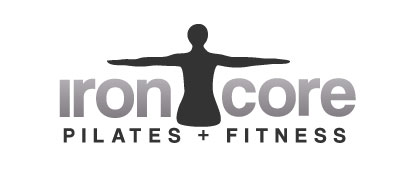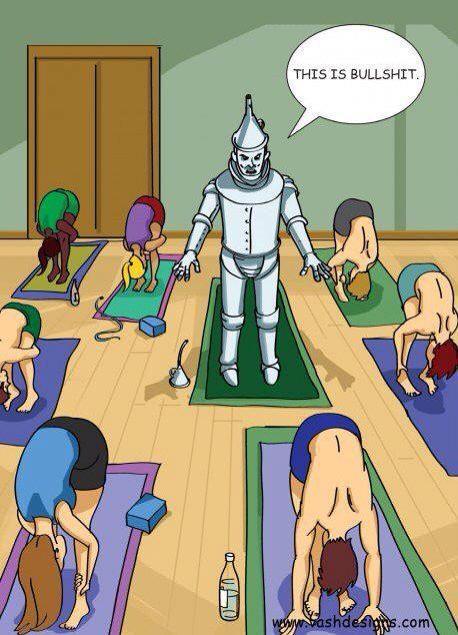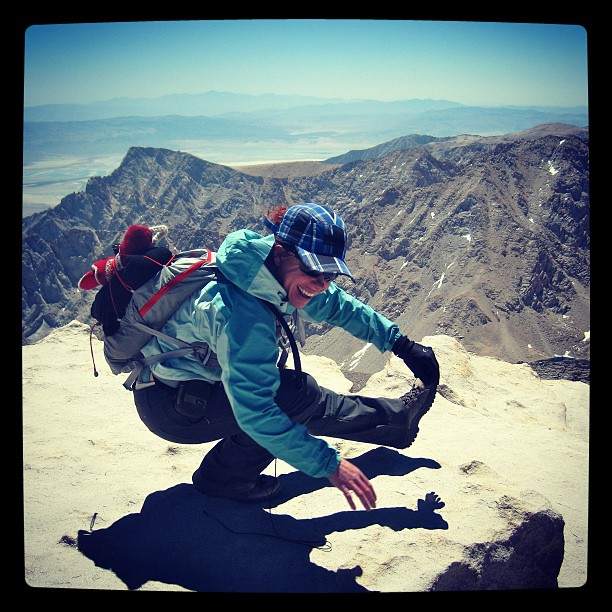Here is my latest post for Telegraph CrossFit on the importance of hip mobility, especially for CrossFitters! Link to original post can be found here!

My last blog entry focused on the importance of thoracic mobility in CrossFit, and offered some tips and suggestions on how to improve it. Now, it is time to talk about the importance of hip mobility for maximal power output. As we know by now, if you have poor joint mobility, your power output and speed will be compromised.
As I also discussed in my previous entry, many of us sit way too much! Sitting causes poor hip mobility by weakening your glutes (butt muscles), and shortening the hip flexors (the muscles in the front of the hips). If your glutes and hip flexors are weak and tight, you won’t be able to activate your hips very easily, which leads to inefficient movement patterns. If your body is inefficient or misaligned, it can lead to injuries anywhere along the chain, from the ankles on up to the neck. Our hips are powerful, and made to generate power. Power is all about violent, aggressive, hip extension! Most dynamic human movement is. Nearly every movement you do in CrossFit, as they are all functional movements–be it with a barbell, kettlebell, on a pullup bar or ring, or bodyweight–is ultimately about hip extension.
If your hips are super tight, often the low back takes over, as your glutes are not firing properly, and the hamstrings have to work overtime. Bad news! In addition, other joints and muscles down the chain, like your knees, have to pick up the slack as a result of your bad movement patterns. Most of us, unfortunately, can think of a time when you have done a snatch, clean, kettlebell swings, or deadlift, and then complained about your low back or knee hurting afterward. Now you know why- poor hip mobility is most likely the main culprit!
Working on your hip mobility will greatly help in fixing overcompensation and inefficient movement patterns and enable you to fully engage your more powerful posterior chain (glutes and hamstrings), and in doing so, to STOP reinforcing muscular imbalances at the knee and hip joint that often causes athletes to overuse their less powerful quads, particularly in squatting movements. Improved hip mobility will also greatly improve your strength and power to perform all of the CrossFit movements and lifts, and all functional movements period (think running, jumping, and sports involving rotational strength, such as golf or baseball).
So, now that we know how important it is to work on your hip mobility, what are some things you can do to make it better?
When you’re at work, get up off your butt and walk around as often as possible, but at least every hour!
Sit on a lacrosse ball and/or foam roller and release some of your tight/inhibited muscles in and/around your glutes often! In addition to your glutes, you should be rolling and doing soft tissue work with the ball on the following areas around your glutes including: the IT band (side of leg from below hip bone to above knee), inner thighs, and hamstrings.
Use the bands to do hip mobility with. There are a bunch of different variations out there. If you don’t know what to do, ask a coach for help! My personal Olympic lifting coach, Spencer Moorman of California Strength, put together a short and easy video with my two favorite band/hip mobility exercises that mobilize the anterior hip. Check it out here- they’re awesome and effective!:
Do a 10-minute deep squat test, or build up to that if that is too much to start. Stand with your feet shoulder width apart and squat with feet flat, butt below parallel. Remain in the position for 10 minutes, moving around slightly to stimulate your circulation. This will really help increase mobility in not only your hips, but also your knees and ankles.
Do front to back and side to side leg swings keeping your low back tight and still, belly engaged.
Do reverse lunge/samson stretch to stretch those tight hip flexors. Interlace your fingers and raise them overhead so your palms are facing the ceiling, engaging your shoulders up and towards your ears. Get into a lunge position with your torso upright. Be sure to have one knee directly below your hip and the other leg forward with your knee directly above your ankle. From the starting position, draw in your belly. Tighten your butt while extending hip forward. Be sure that your front knee does not extend past your front foot. Hold a mild stretch for 20-30 seconds. Switch sides.
And, last but not least, make a commitment to participate in a Pilates (free at Telegraph!) or yoga class on a regular basis in which a teacher can guide you through exercises to mobilize your tight hips and teach you how to engage your powerful posterior chain muscles, in addition to just helping you work on your overall mobility and stability issues, so that you can become the strongest version of you that you can be!




